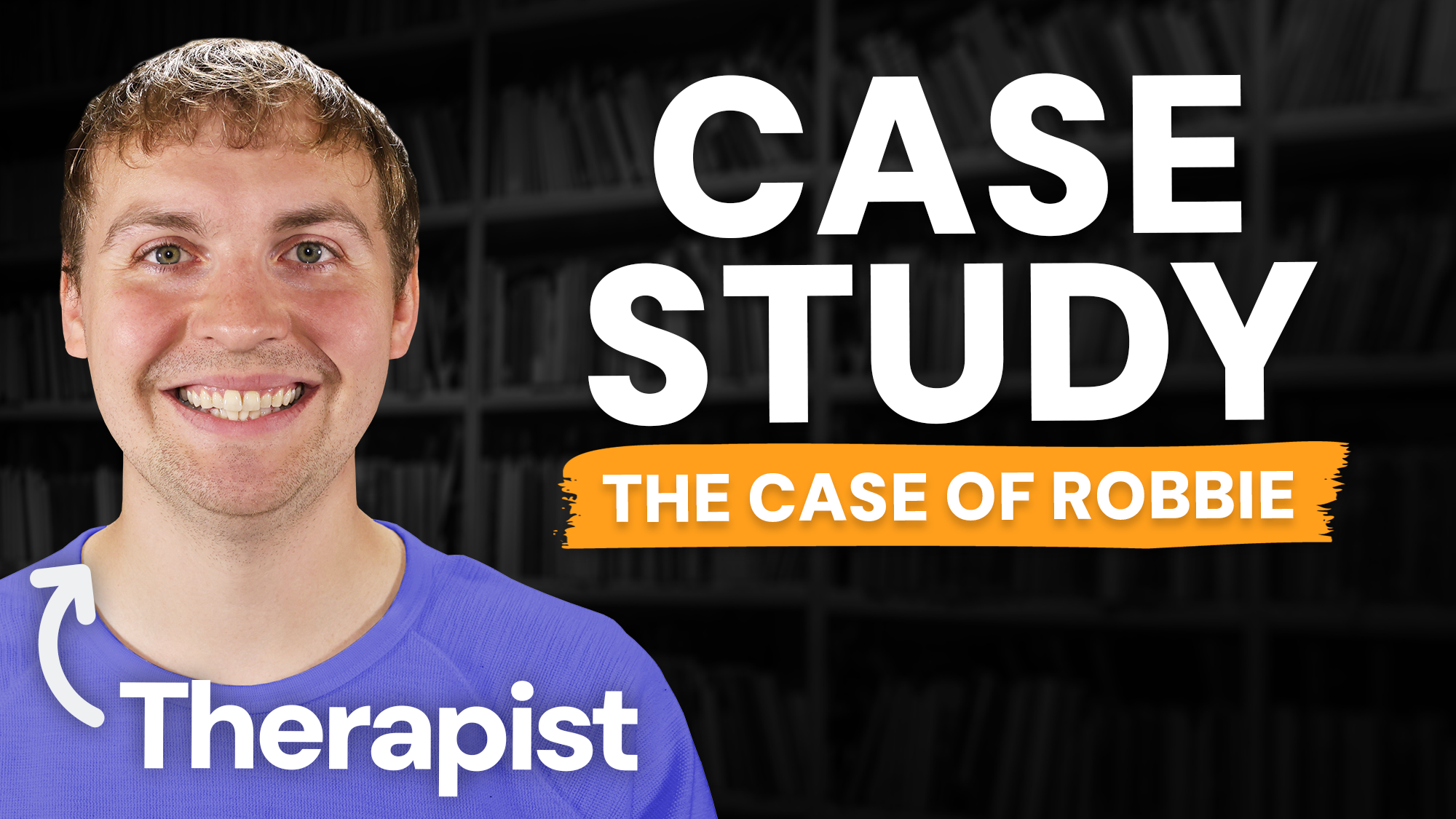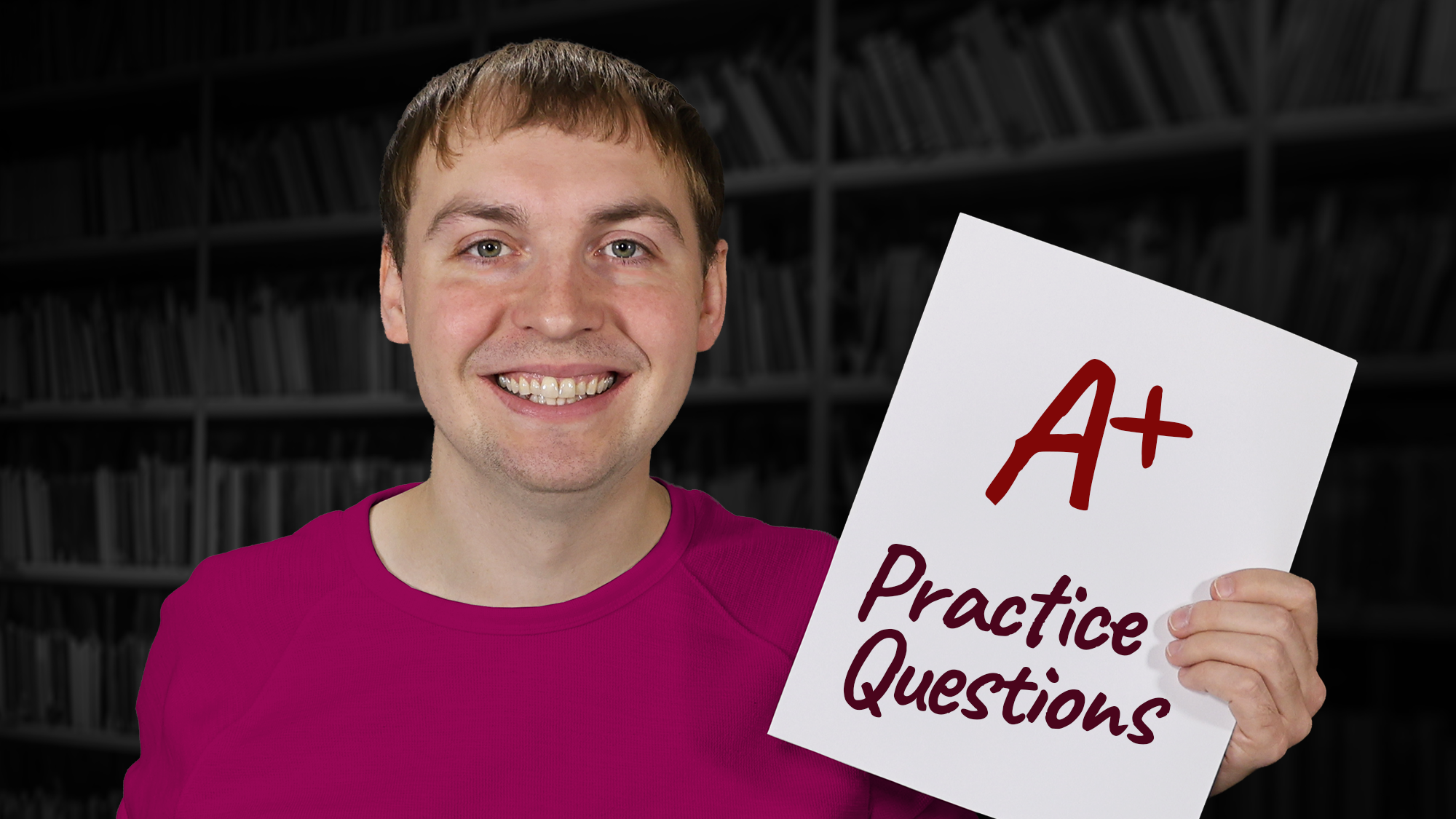
In the category of Research and Program Evaluation on the National Counselor Examination (NCE), the Counselor Preparation Comprehensive Examination (CPCE), or another counseling exam, having an understanding of control groups and how they differ from experimental groups is important.
Before we get into control and experimental groups too much, let’s quickly review variables because those are going to be important for our discussion here.
Independent Variable – Also known as the experimental variable, this is the variable that is changed in the study or controlled by the experimenter.
Dependent Variable – This is the outcome or result that is achieved from the study or experiment. In other words, the dependent variable is the data that are collected in measuring the outcome of the experiment.
Example: If we have a study measuring CBT sessions for helping with insomnia, the independent (also known as the experimental variable) would be the number of therapy sessions. The dependent variable might be the average time asleep per night in a given time period, let’s say the last two weeks.
When a study is being conducted, it’s often best to have a group of people to compare the experimental variable to. That would be the control group. In other words, the control group is made up of study participants who are not receiving the treatment. That means that the experimental group has the group members who are receiving the treatment.
To make this more concise, the control group members do not receive the treatment of the study, and the experimental group do receive the treatment.
If we continue the example of CBT sessions to help with insomnia, let’s say that we have 100 participants in the study. We would want to randomly assign half of them to the experimental group and the other half to the control group. If participants are not randomly assigned, this makes the study quasi-experimental (quasi meaning “having some, but not all of the features of”).
Random assignment assumes that participants are roughly the same between groups and that any differences are not significant. If we do not randomly assign participants to groups, there could be a conscious or unconscious bias that is at play and could therefore affect the results.
Participants should be equally split between groups. Often, the control group will be put on the waitlist. This means that they will have access to the treatment, but they are not receiving the treatment at the same time as the experimental group. There are other ways to have a control group, but a waitlist is a common control group setup. While the control group is on the waitlist, the experimental group would then receive the assigned number of therapy sessions for the experiment.
Once the experimental group has received the specified number of sessions, or the amount of time needed for the experiment has passed, both groups should then have their insomnia checked in on again.
Ideally, the experimental group should improve in a more significant way than the control group. If the difference in the average amount of time asleep at night (or the dependent variable) are not significantly different between the control and experimental groups, this might mean that the treatment was not effective or that the experiment has a flaw in it.
When there is no difference between the control group and the experimental group, this is called the null hypothesis since null means nothing or zero, it represents there being no significant difference.



If you or someone you know are needing immediate mental health assistance, please call or text 988, contact a local emergency telephone number, or go to the nearest emergency room.
By interacting with this website and channel, this does not constitute a therapist/client relationship. This content is intended for the purposes of entertainment and mental health education.
View additional disclaimers and notices on our Disclaimers page.